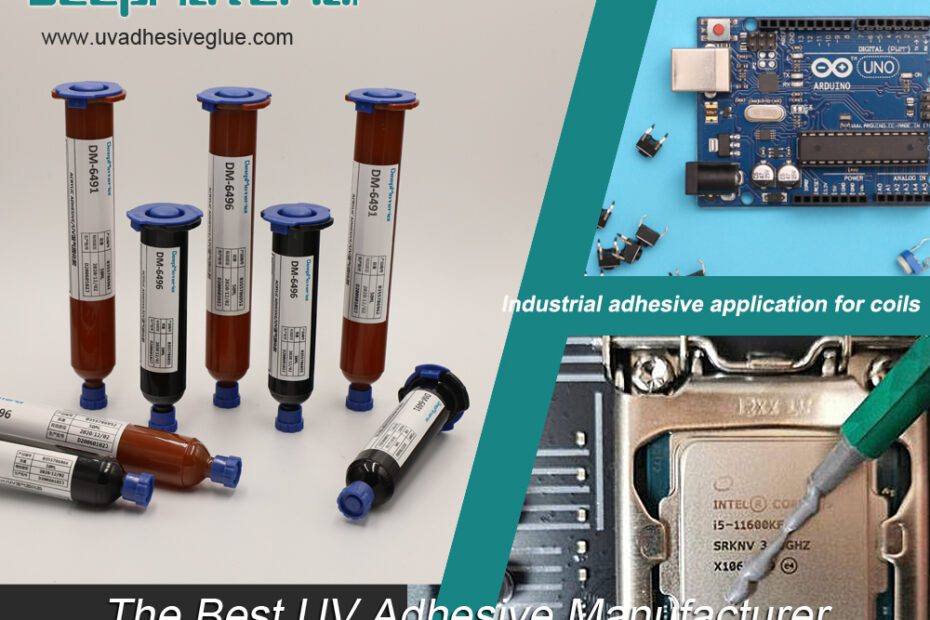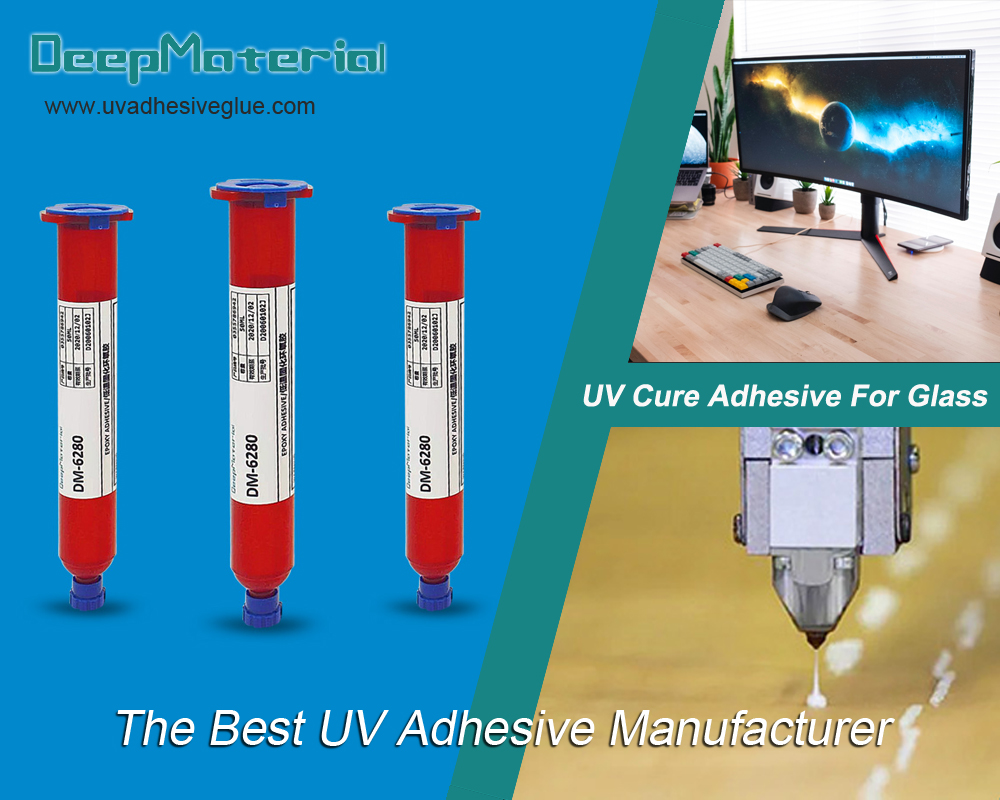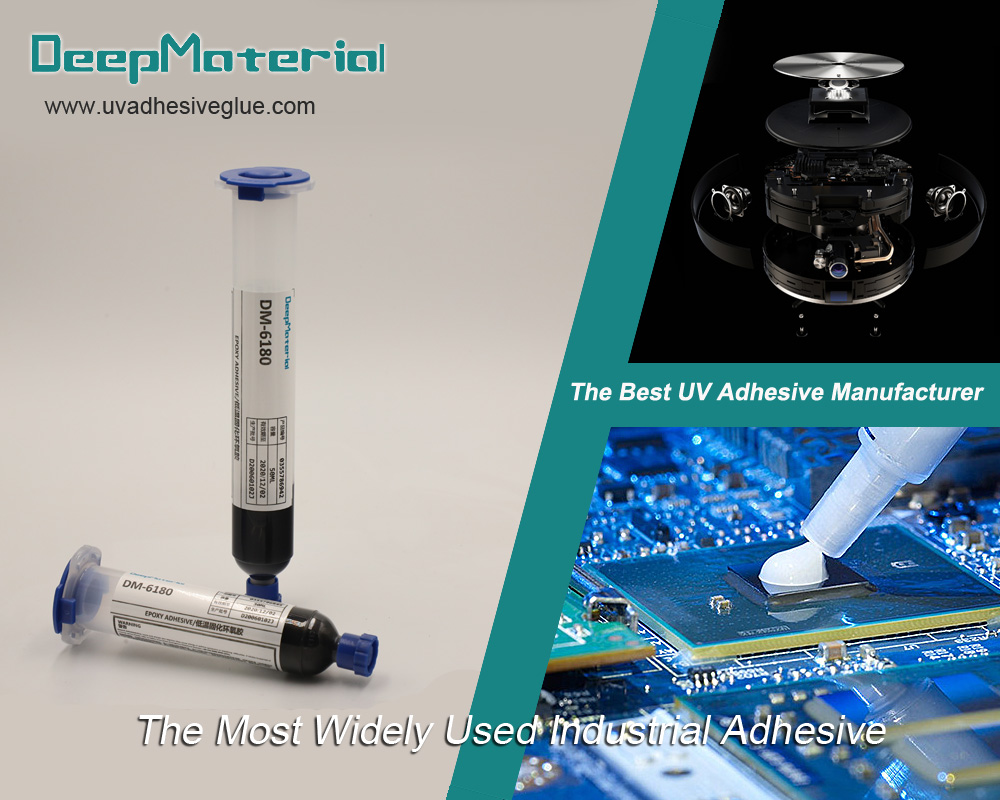Structural UV curing adhesives are a type of adhesive that are used in various industries for bonding and joining different materials together. These adhesives offer several advantages over traditional adhesives, including faster curing time, stronger bond strength, and the ability to bond a wide range of substrates. In order to fully understand and utilize the benefits of these adhesives, it is important to have a good understanding of their chemical composition and curing mechanism.
Chemical Composition of Structural UV-Curing Adhesives
Structural UV curing adhesives are typically composed of several key components, each playing a specific role in the adhesive’s properties and performance. The main components include oligomers, monomers, photoinitiators, and additives.
Oligomers are the backbone of the adhesive and provide the adhesive with its mechanical properties. They are typically made up of long chains of molecules that give the adhesive its strength and flexibility. Monomers, on the other hand, help to control the viscosity and flow of the adhesive. They also contribute to the adhesive’s final properties, such as hardness and toughness.
Photoinitiators are responsible for initiating the curing process when exposed to UV light. These compounds absorb the UV light and convert it into energy, which then triggers a chemical reaction that leads to the formation of crosslinks between the adhesive molecules. Additives are often included in the adhesive formulation to enhance certain properties, such as adhesion to specific substrates or resistance to environmental factors.
Understanding the Curing Mechanism of UV-Curing Adhesives
The curing mechanism of UV curing adhesives is based on a process called photopolymerization. When exposed to UV light, the photoinitiators in the adhesive absorb the energy from the light and undergo a chemical reaction. This reaction leads to the formation of free radicals, which then react with the oligomers and monomers in the adhesive to form crosslinks.
The crosslinking process is what gives the adhesive its strength and durability. As the crosslinks form, the adhesive undergoes a transformation from a liquid or semi-liquid state to a solid state. This transformation happens rapidly, typically within seconds or minutes, depending on the adhesive formulation and the intensity of the UV light.
Several factors can affect the curing process of UV curing adhesives. These include the intensity and wavelength of the UV light, the distance between the light source and the adhesive, and the thickness of the adhesive layer. It is important to optimize these factors to ensure proper curing and achieve the desired adhesive properties.
Advantages of Using UV Curing Adhesives in Structural Applications
There are several advantages to using UV curing adhesives in structural applications. One of the main advantages is their faster curing time compared to traditional adhesives. UV-curing adhesives can cure within seconds or minutes, whereas traditional adhesives may take hours or even days to fully cure. This allows for faster production times and increased productivity.
UV curing adhesives also offer stronger bond strength and durability compared to traditional adhesives. The crosslinking process that occurs during curing creates a strong and durable bond between the adhesive and the substrate. This bond is resistant to heat, chemicals, and other environmental factors, making it suitable for a wide range of applications.
Another advantage of UV curing adhesives is their ability to bond a wide range of substrates. These adhesives can bond materials such as metals, plastics, glass, and ceramics, making them versatile for various industries. They also offer excellent adhesion to difficult-to-bond substrates, such as low surface energy plastics or oily surfaces.
Additionally, UV curing adhesives have lower VOC emissions and environmental impact compared to traditional adhesives. Traditional adhesives often contain volatile organic compounds (VOCs) that can be harmful to human health and the environment. UV-curing adhesives, on the other hand, do not contain VOCs and do not release harmful fumes during curing.
Types of Substrates Suitable for UV Curing Adhesives
UV-curing adhesives can bond a wide range of substrates, including metals, plastics, glass, ceramics, and composites. The adhesive’s ability to bond these different materials is due to its excellent wetting and adhesion properties.
Metals, such as aluminum, stainless steel, and copper, can be bonded using UV curing adhesives. These adhesives provide a strong and durable bond to metal surfaces, even in harsh environments. Plastics, including ABS, PVC, and polycarbonate, can also be bonded using such adhesives. These adhesives offer excellent adhesion to low surface energy plastics and can withstand the stresses and strains associated with plastic substrates.
Glass and ceramics are also suitable substrates for these adhesives. These adhesives provide a clear and transparent bond to glass surfaces, making them ideal for applications where aesthetics are important. They also offer excellent adhesion to ceramic surfaces, providing a strong and durable bond.
Composites, such as carbon fiber reinforced polymers (CFRP) and fiberglass reinforced polymers (FRP), can also be bonded using UV-curing adhesives. These adhesives offer high strength and durability, making them suitable for structural bonding in the aerospace, automotive, and marine industries.
Applications of Structural UV-Curing Adhesives in Various Industries
Structural UV curing adhesives are used in various industries for a wide range of applications. In the automotive industry, these adhesives are used for bonding components such as body panels, interior trim, and glass. They provide a strong and durable bond that can withstand the stresses and strains associated with automotive applications.
In the aerospace industry, UV-curing adhesives are used for bonding composite structures, such as aircraft wings and fuselages. These adhesives offer high strength and durability, as well as excellent resistance to heat and chemicals. They also provide a lightweight solution compared to traditional mechanical fasteners.
The electronics industry also utilizes UV-curing adhesives for bonding components such as circuit boards, displays, and sensors. These adhesives offer excellent adhesion to a wide range of substrates, including plastics and metals. They also provide electrical insulation and protection against moisture and other environmental factors.
In the medical industry, UV-curing adhesives are used for bonding medical devices, such as catheters, syringes, and surgical instruments. These adhesives offer biocompatibility and sterilization resistance, making them suitable for use in medical applications. They also provide a fast and efficient bonding solution for high-volume production.
Last Thoughts
In conclusion, understanding the chemical composition and curing mechanism of UV-curing adhesives is crucial for successful structural bonding. These adhesives offer several advantages over traditional adhesives, including faster curing time, stronger bond strength, and the ability to bond a wide range of substrates.
By understanding the main components of UV-curing adhesives and their role in the adhesive’s properties and performance, engineers and manufacturers can optimize the adhesive formulation for specific applications. Additionally, understanding the curing mechanism and the factors that affect the curing process can help ensure proper curing and achieve the desired adhesive properties.
For more about choosing the UV-Curing Adhesives, you can pay a visit to DeepMaterial at https://www.uvadhesiveglue.com/uv-curing-adhesives/ for more info.


